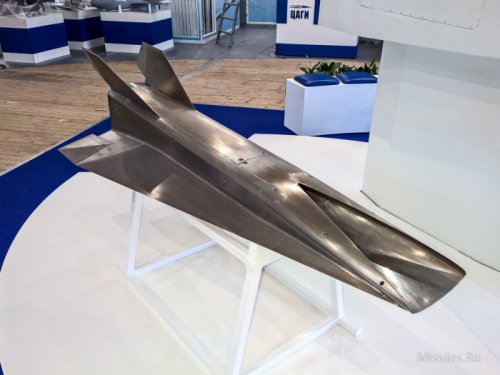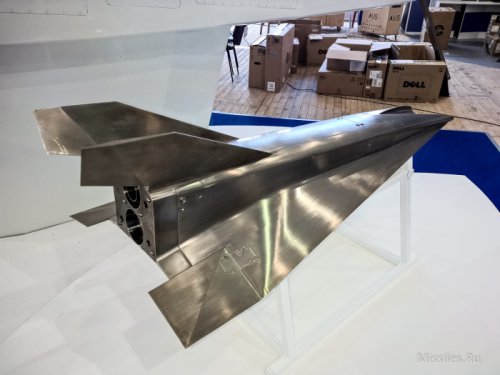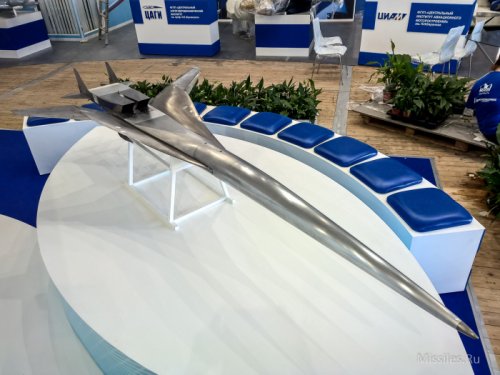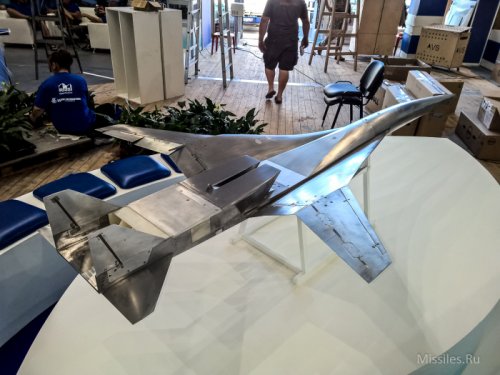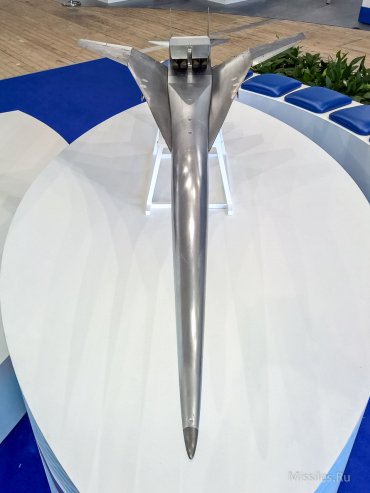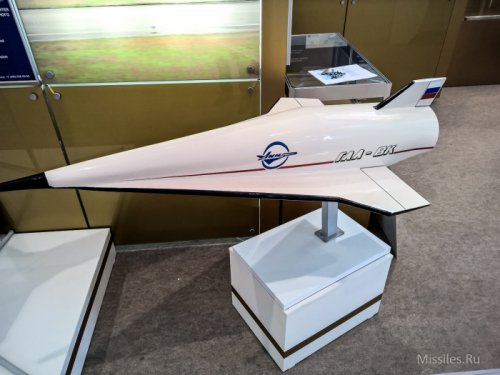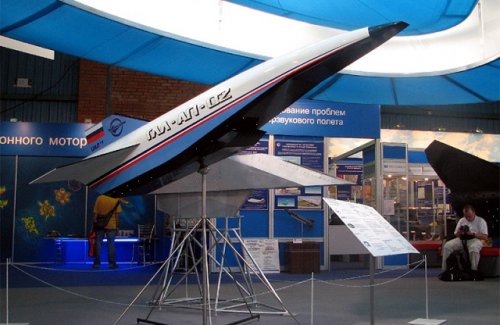Saturn X
I really should change my personal text
- Joined
- 23 August 2015
- Messages
- 4
- Reaction score
- 0
There has been a lot media coverage about Chinese and US Hypersonic programs, but recently it has emerged that Russia has a hypersonic program of its own = no surprise to anyone who has been following Russian weapons development, so I like to dedicate this thread to all Russian Hypersonic related efforts.
I will start with first post.
http://russianforces.org/blog/2015/08/another_topol_launch_from_kapu_1.shtml
I will start with first post.
At 18:13 MSK (15:13 UTC) on August 22, 2015 the Strategic Rocket Forces carried out a successful launch of a Topol/SS-25 missile that was used to test "new combat payload for future ICBMs." The missile payload reported to have successfully reached its target at the Sary Shagan test site in Kazakhstan.
Although the official reports refer to the missile as Topol, it is most likely the Topol-E modification of the missile, which is used to rest experimental warheads in launches from Kapustin Yar to Sary-Shagan
http://russianforces.org/blog/2015/08/another_topol_launch_from_kapu_1.shtml

